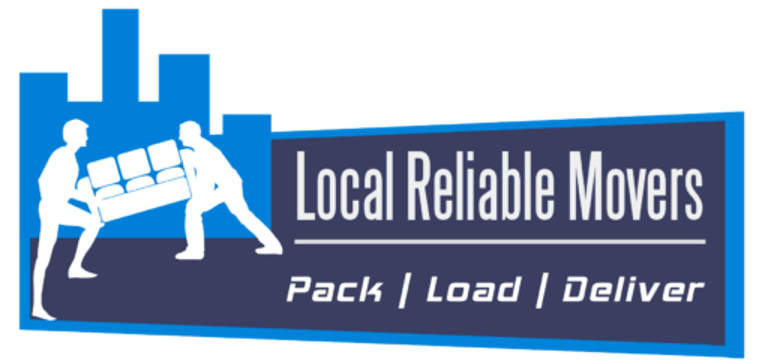TEXT 253.900.2989 FOR A FREE ESTIMATE! WE DO FREE IN-HOME ESTIMATES!
Why choose Local Reliable Movers when moving?
Summary: Local reliable movers often offer a superior customer service experience compared to national companies, thanks to their smaller scale and community focus. They provide tailored moving solutions based on individual client needs, offer direct and transparent communication, and are highly motivated to deliver excellent service due to their reliance on local reputation and word-of-mouth. These advantages make them a strong choice for anyone seeking a personalized and attentive moving experience.
5/2/20252 min read


Introduction
Moving to a new home can be a daunting task, especially when it comes to packing. However, with the right strategies in place, you can make this process more manageable and organized. In this blog post, we will explore ten essential tips for packing when moving, ensuring that your transition is as smooth as possible.
1. Start Early
One of the most critical steps in the packing process is to start early. Begin by gathering packing materials such as boxes, bubble wrap, and tape well in advance. This will allow you ample time to sort through your belongings and pack gradually, reducing stress as moving day approaches.
2. Declutter Before You Pack
Before packing, take the opportunity to declutter your home. Go through each room and decide which items you no longer need or use. Donate, sell, or recycle these items. Not only will this lighten your load, but it will also make unpacking in your new home much easier.
3. Use Quality Packing Materials
Investing in quality packing materials is essential when preparing for a move. Sturdy boxes and protective padding can prevent damage to your belongings during transportation. Avoid using old or damaged boxes, as these are more likely to break and cause chaos during your move.
4. Label Everything
Labeling boxes is a crucial part of the packing process. Clearly mark each box with its contents and the room it belongs to in your new home. This method will significantly streamline the unpacking process, allowing you to find items easily without having to dig through multiple boxes.
5. Pack Room by Room
To maintain organization during the packing process, tackle one room at a time. Start with the rooms you use the least, such as guest rooms or storage areas. Packing room by room helps you keep track of your progress and prevents confusion regarding where items are located.
6. Use Towels and Blankets for Padding
Instead of purchasing extensive amounts of bubble wrap, consider using towels, blankets, or linens for padding fragile items. This not only saves money, but it also allows you to pack more items in a single box while providing necessary cushioning to prevent breakage.
7. Keep Essentials Separate
During a move, it is wise to keep your essentials separate from the rest of your packed items. Create a box or a bag with items you'll need immediately upon arrival, such as toiletries, clothing, and important documents. This practice ensures that you have access to your necessities without rummaging through many boxes.
8. Secure Small Items
Be vigilant regarding small items such as screws, remotes, or jewelry. Use zip-lock bags to contain these items, securing them in labeled boxes. This precaution not only prevents loss but also minimizes the risk of these small objects damaging other items.
9. Enlist Help
Do not hesitate to ask for help from friends or family members during the packing process. Having an extra pair of hands can lighten the burden and make the experience more enjoyable. Additionally, considering professional moving services is a valid option for those requiring significant assistance.
10. Take Inventory
Finally, create an inventory list of all the boxes and their contents. This step will help you keep track of your belongings during the move and ensure that nothing goes missing. Cross-referencing your list upon unpacking will give you peace of mind as you settle into your new home.
In conclusion, packing for a move may initially seem overwhelming, but with these ten essential tips, you can approach the process with confidence and efficiency. By organizing your efforts, you will ensure a smoother transition into your new residence.
Services
Expert moving solutions for your local needs.
contact us
Info@LocalMovers.io
253-900-2989
© 2025. Local Reliable Movers, LLC. All rights reserved.
